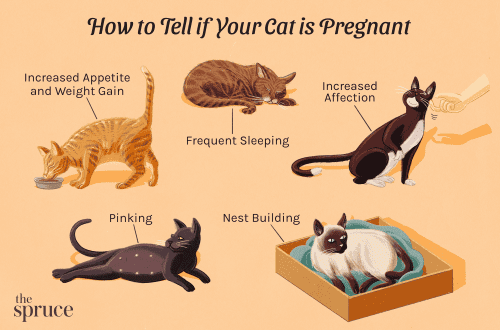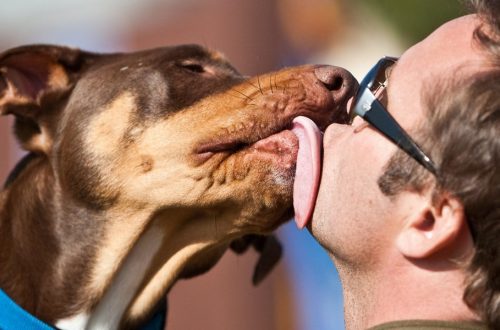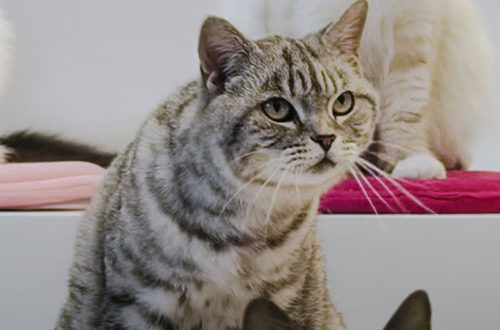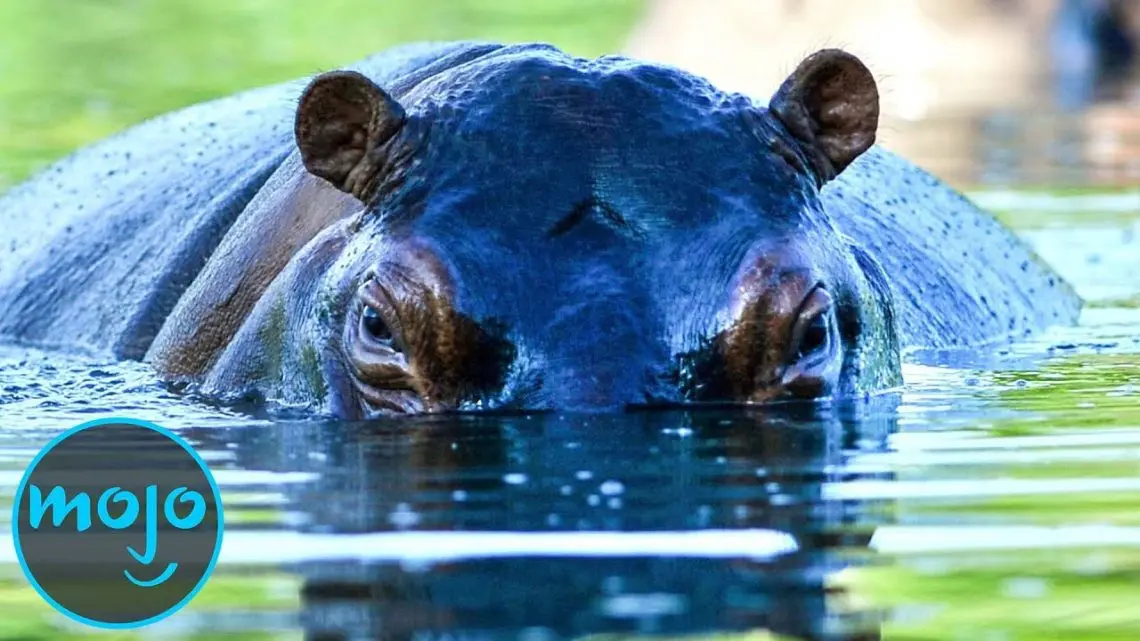
Top 10 most dangerous animals in Africa
Africa is a bloody battlefield. The desperate struggle for life here does not stop for a minute. It is necessary to gape, and you have already become someone’s dinner. These ten most dangerous animals in Africa are swift and ruthless. By the water and in the sands, among the dense greenery and in the vast expanses of the savannah, ideal predators lurk.
Contents
10 Spotted hyena
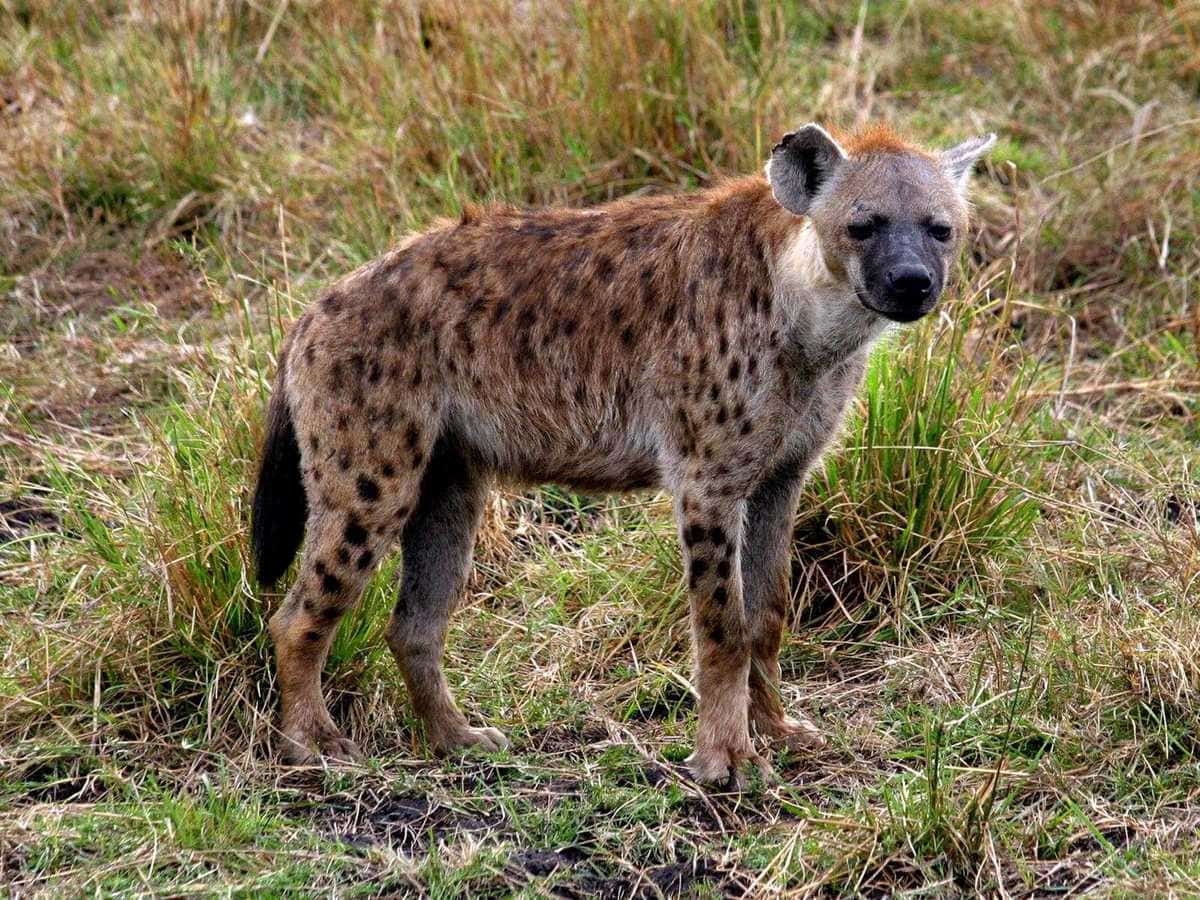
The piercing laughter of a night hunter does not bode well – even a lion will not risk being in the way of a hungry flock spotted hyenas. Sharp teeth and powerful jaws, effortlessly crushing buffalo bones, do not leave the victim a chance. Contrary to myth, hyenas eat carrion in only one out of five cases – acting together, the clan is able to defeat an antelope, a giraffe and even a young elephant!
Fortunately, spotted hyenas rarely attack people. Being social animals, they relatively calmly endure the neighborhood with a person and are easily tamed. But if the hunting grounds become scarce, the clan can raid the villages. Almost a meter at the withers, the force of compression of the jaws exceeds that of a lion, the speed of running is 60 km / h – the peasants are defenseless against the bloodthirsty flock.
9. Great white shark
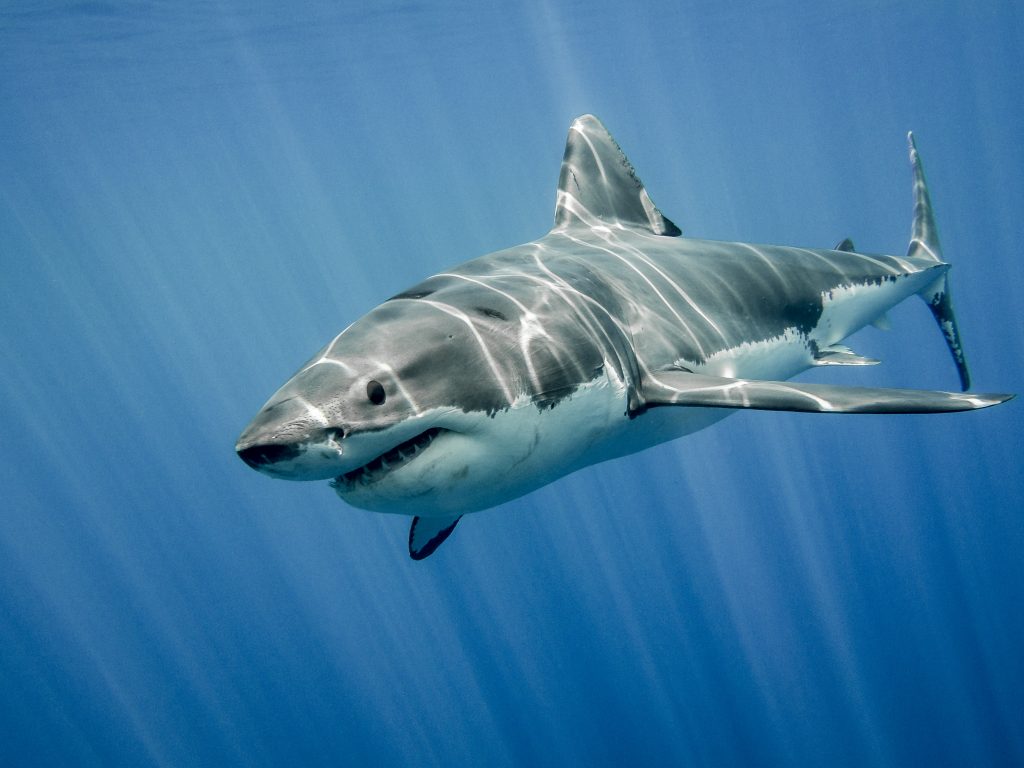
If the lion is the king of beasts on land, then White shark governs the marine life. With a length of 6 meters and an average weight of 1500 kg, it has no natural enemies – only combed crocodiles and killer whales occasionally attack young individuals. White sharks prey on pinnipeds, porpoises, dolphins, young whales. They eat carrion and often taste inedible objects with their teeth.
By the way, an adult cannibal shark has more than 500 teeth – a palisade of the sharpest blades goes deep into the throat and is constantly updated. Despite being promiscuous in food, they attack people, apparently by accident – out of 100 victims, 90 survive. This is simply an incredible percentage, given the absurd disposition, colossal size and indefatigable appetite of a marine predator.
8. yellow scorpion
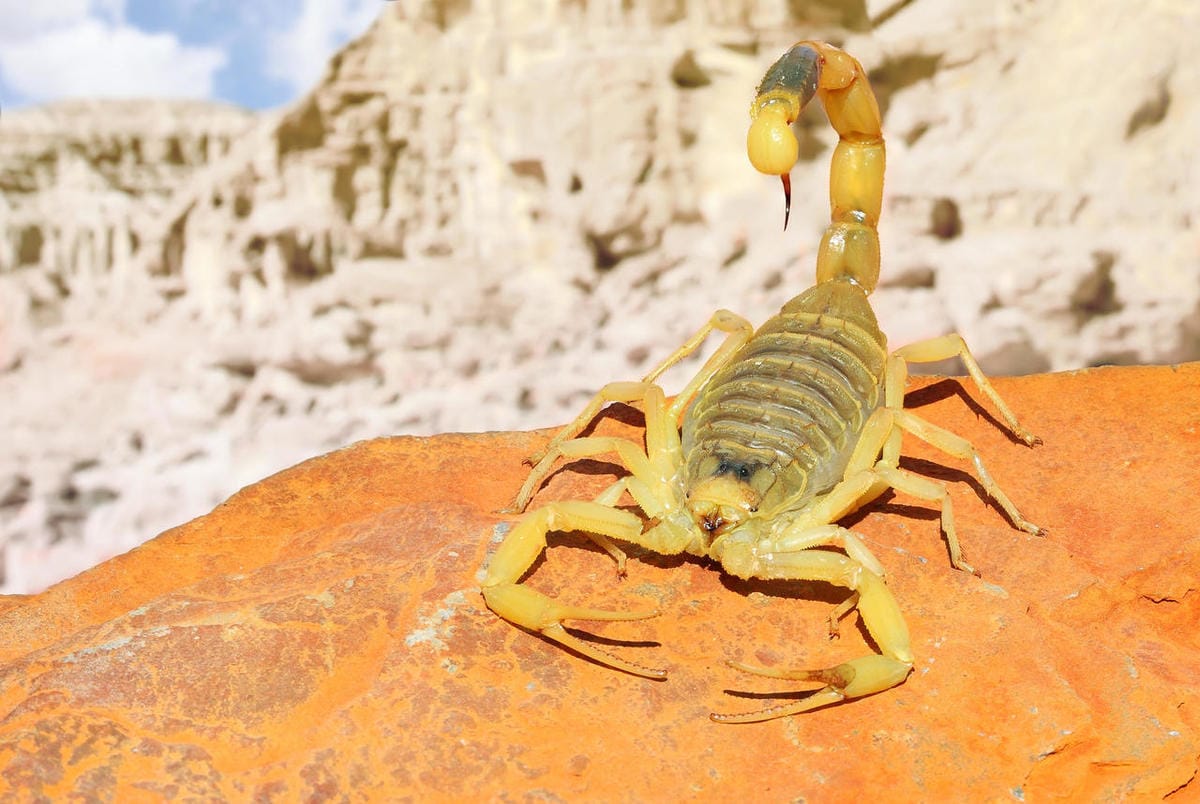
The most dangerous scorpion on the planet lives in the Sahara – yellow desert scorpion. Under the cover of night, he waits for the victim in ambush, attacking rodents, large spiders and insects. Grasping prey with jagged claws, the scorpion instantly kills it with the strongest toxin. The poison of a ten-centimeter inhabitant of the desert is three times more effective than the poison of the Cape cobra – one of the most poisonous snakes in the world!
Fortunately for the locals, the amount of poison is not enough to kill an adult healthy person. The usual effects of a bite are severe fever and high blood pressure. But the bite of a yellow scorpion kills children, the elderly and people with a sick heart in a matter of minutes. Cases of anaphylactic shock, stroke and pulmonary edema are not uncommon.
7. African lion
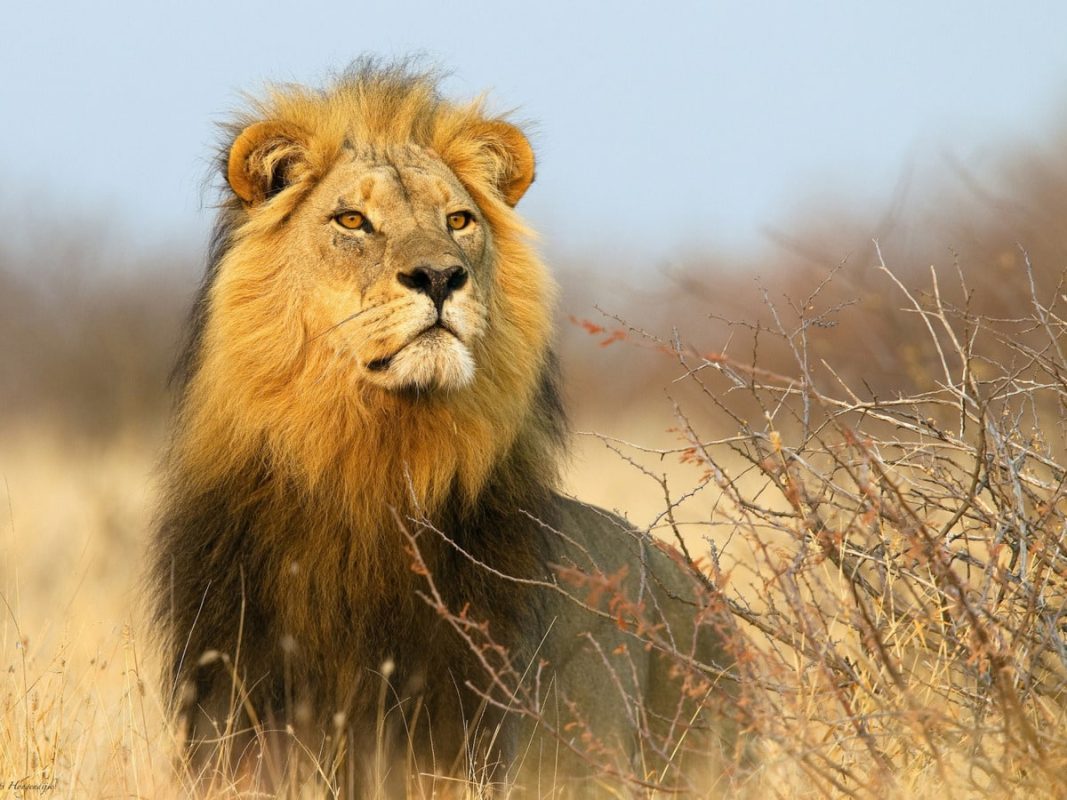
Cat grace with a weight of 250 kg, powerful jaws, sharp eyesight, impeccable hearing and scent – African lion rightly considered the ideal hunter. And don’t let the sleepy serenity of the maned male fool you – he is ready to defend the pride at any moment. Being social animals, lions cooperatively prey on wildebeest, zebras, buffalo and warthogs.
During the hungry period, lionesses, with the support of the leader, can attack a young elephant, giraffe and even a hippopotamus. The pride does not consider a man as prey, but cases of cannibalism are known – lone males hunted down peasants near villages. In recent decades, cases of lion attacks on people are rare due to a sharp decline in the population of these proud predators.
6. bush elephant
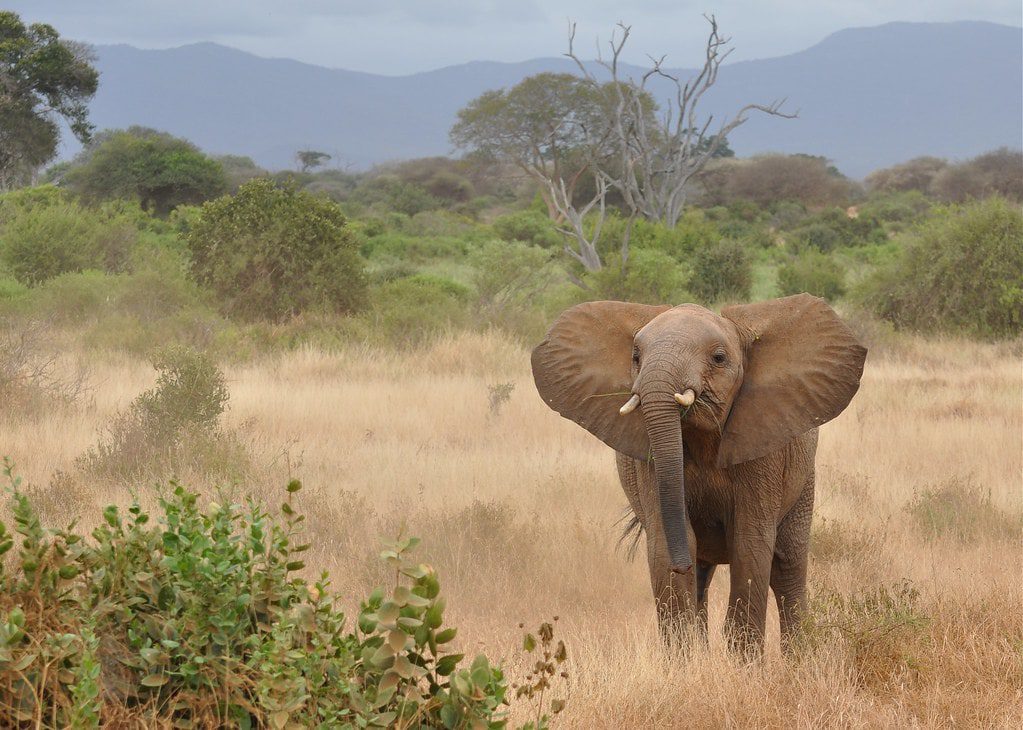
Once upon a Time African elephants dominated the entire continent, but today their range has been reduced from 30 million to 4 million km². The largest land mammal is considered completely extinct in Mauritania, Burundi and the Gambia. Leading a nomadic lifestyle, elephants constantly encounter obstacles – roads, settlements, gardens and fields fenced with barbed wire.
Elephants usually do not threaten people, but after a few skirmishes they remember the negative experience and may attack people the next time they meet. A three-meter giant weighing seven tons effortlessly demolishes fences and huts, and rushing at full speed – cars and brick buildings. A man has no chance even against a trunk, with which an elephant easily lifts 200 kg.
5. black buffalo
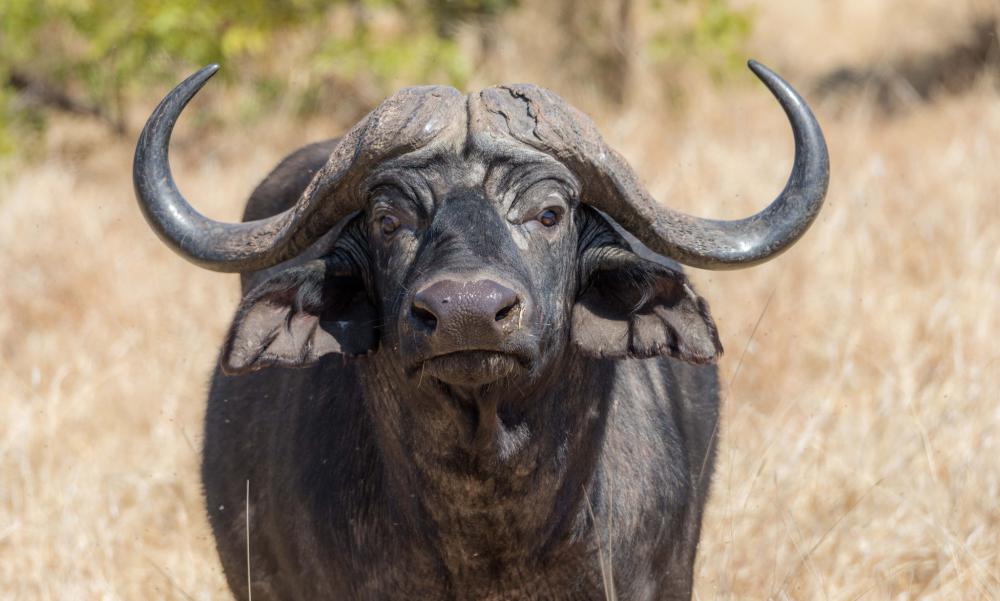
Weight of an adult African male black buffalo reaches a ton with a height at the withers of about two meters. The bulls defend the herd extremely aggressively, surrounding the females and calves in a dense ring. Even lions treat these giants with special parity – a sharp meter-long horn easily pierces the body through and through, and a blow to the head with a hoof kills instantly.
Due to the unpredictable absurd disposition, the African buffalo was never domesticated. The herd does not tolerate close proximity to people, but is in no hurry to escape – about 200 people die as a result of targeted attacks by buffaloes. Another hundred die under the hooves of a frightened herd, rushing at a speed of about 50 km / h.
4. Nile crocodile
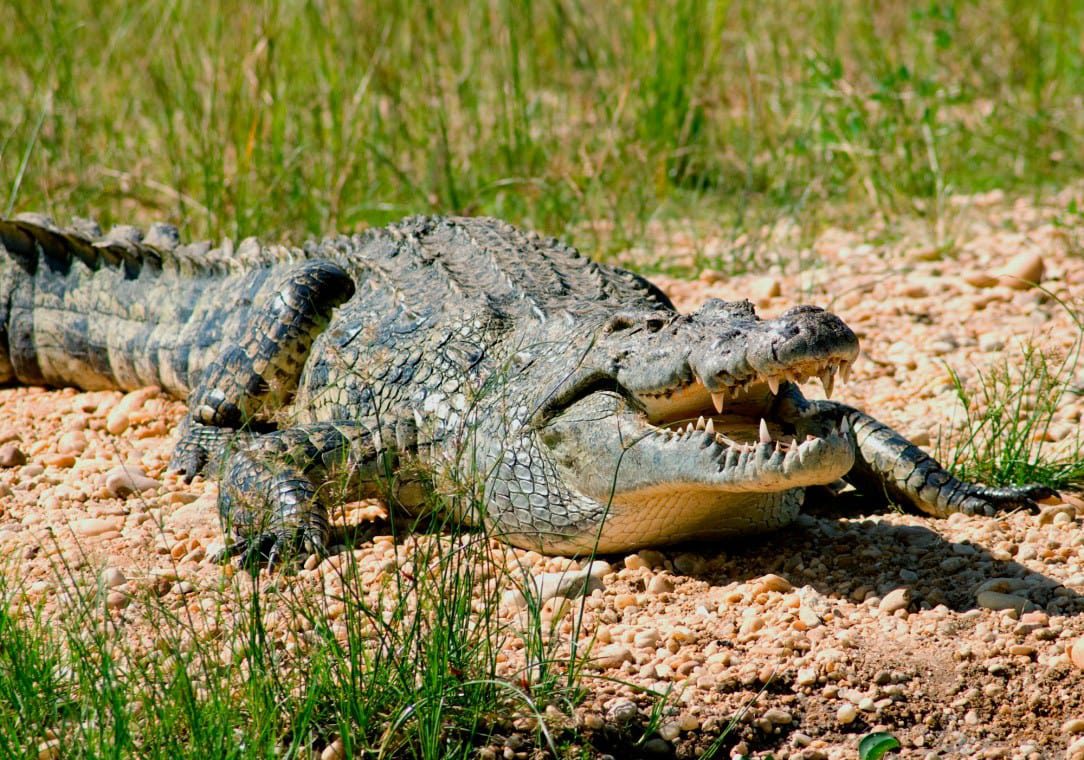
The jaw compression force of this insidious predator is 350 atmospheres, which is second only to the combed crocodile. The average weight of the Nile giant exceeds 300 kg with a body length of about 3 meters! The largest individuals attack even lions and hippos – rotating around its axis, the insatiable hunter tears the huge carcass apart.
Nile crocodile ready to eat on every occasion, absorbing a portion equal to 20% of its own weight. He hunts in reservoirs throughout Africa, lurking near the coast. According to various estimates, giant reptiles claim the lives of 400-700 people every year. There are so many cases of non-lethal attacks that they are not recorded – local residents often settle near water bodies and encounter crocodiles almost daily.
3. Hippopotamus
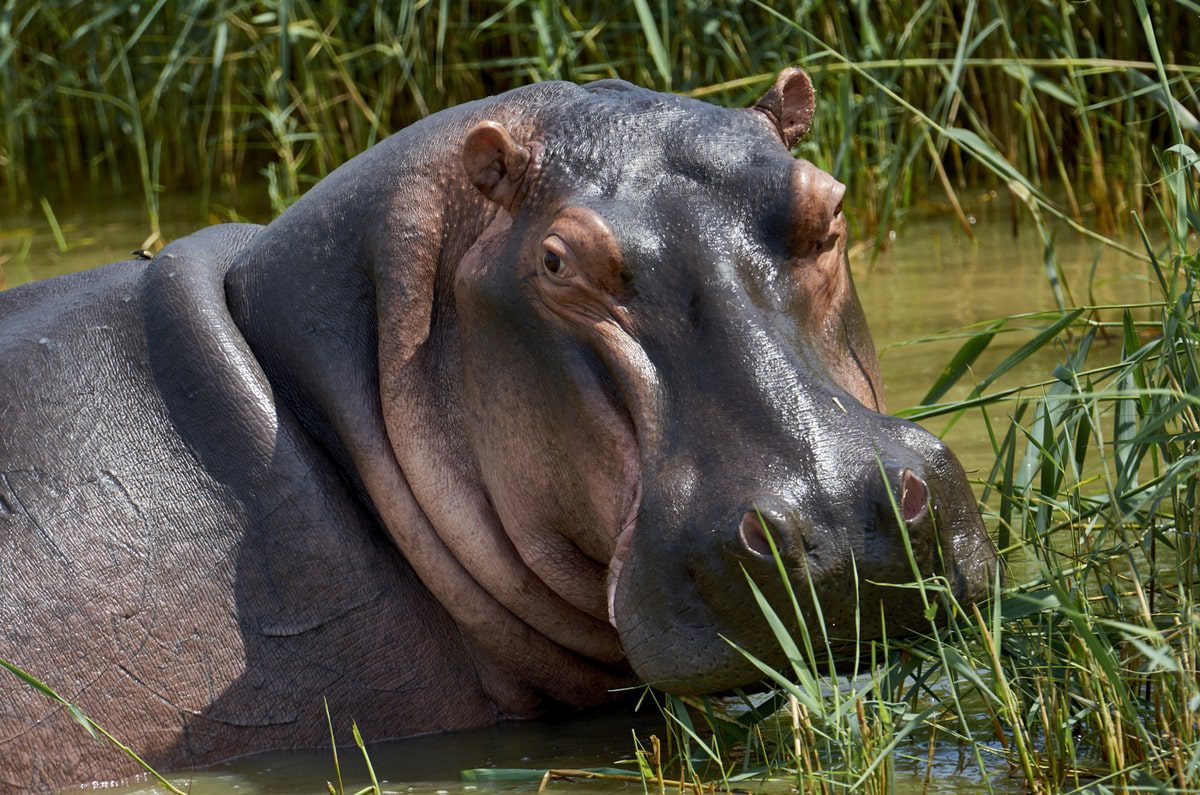
Four tons of serenity, resting in the water, instantly turn into uncontrollable rage, one has only to disturb the peace of the deceptively good-natured beast. Developing a speed of 30 km / h, hippo easily drives away any aliens, not yielding even to rhinos and elephants. In addition to vegetation, hippos eat carrion and attack ungulates, including livestock.
For a person, a meeting with an angry male or a female protecting offspring is fatal. The hippopotamus does not just drive away – he seeks to finish off the enemy by piercing his body with terrible fangs or crushing him corny. About 1000 people die each year from hippo attacks. That’s more than lions, buffaloes and leopards combined.
2. Mosquitoes
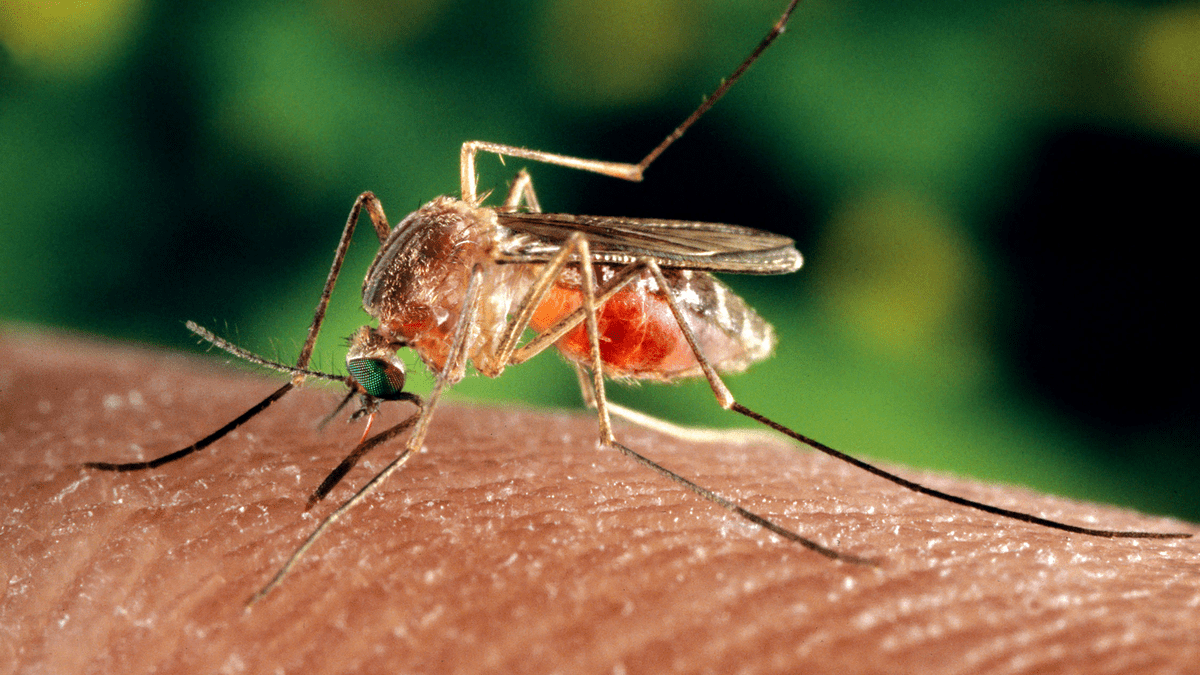
Unlike other representatives of the African fauna, mosquito by itself does not pose a threat to humans. But its bite can lead to death – tens of thousands of people die every year from diseases carried by mosquitoes:
- malaria
- yellow fever
- West Nile Fever
- dengue fever
- The virus Zika
- chikungunya virus
Scientists around the world are looking for ways to reduce the population of blood-sucking parasites, but all measures give only temporary effects. African mosquitoes mutate to adapt to poisons and repellents. Fortunately, timely vaccination steadily reduces the number of victims of invisible killers.
1. Black Mamba
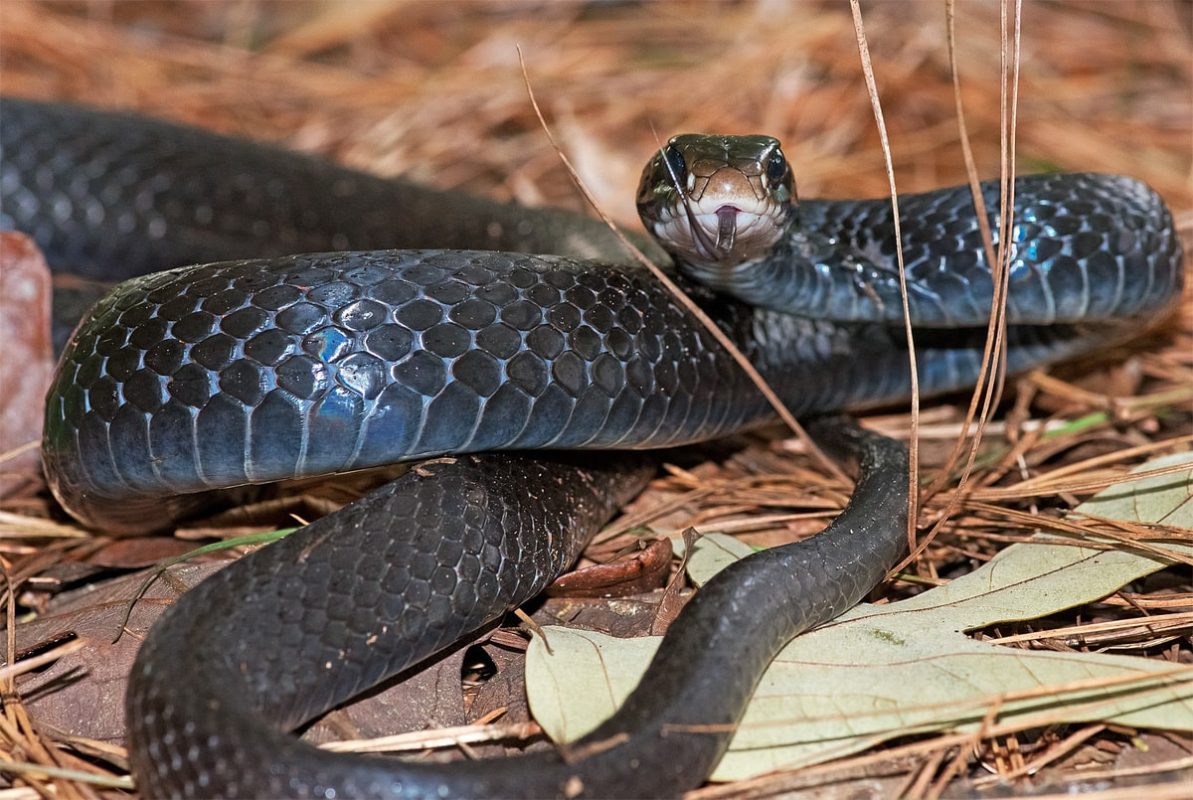
The largest poisonous snake in Africa reaches a length of 3,5 meters and speeds up to 14 km / h! Contrary to the name, the snake is colored olive or gray – it is named black because of the inky shade of the mouth. Mambas easily enraged and absolutely fearless. They attack people, injecting a new portion of a deadly toxin into the blood of the victim with each bite.
The wound burns with fire and quickly swells. After a few minutes, vomiting and diarrhea begin, followed by paralysis and suffocation. Only an antidote administered immediately after the bite can save from a painful death. Unfortunately, the antidote is not available to many Africans – according to various sources, 7000-12000 people die from the bite of this snake every year.



